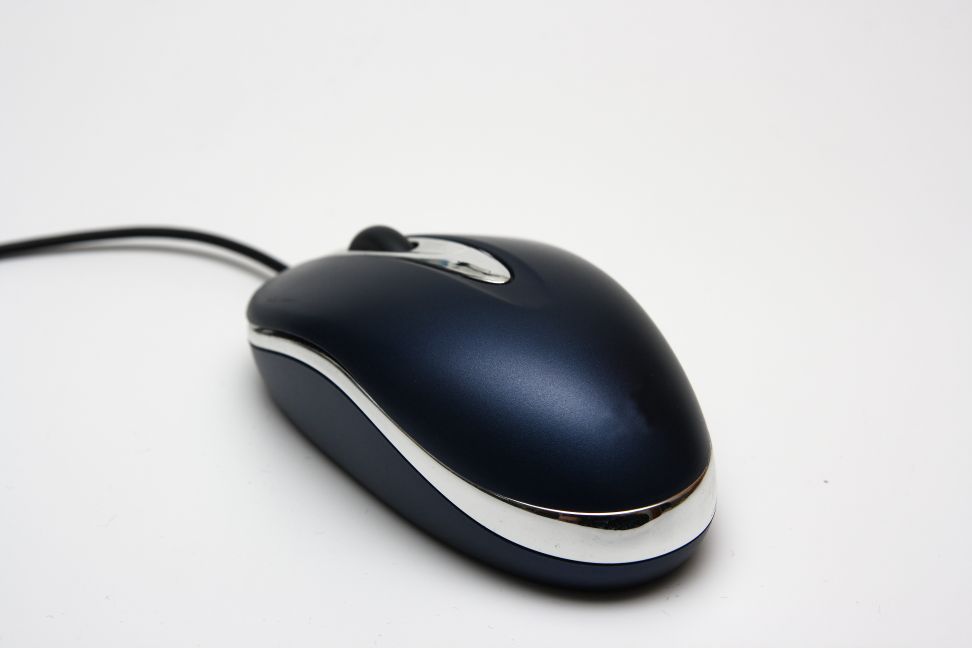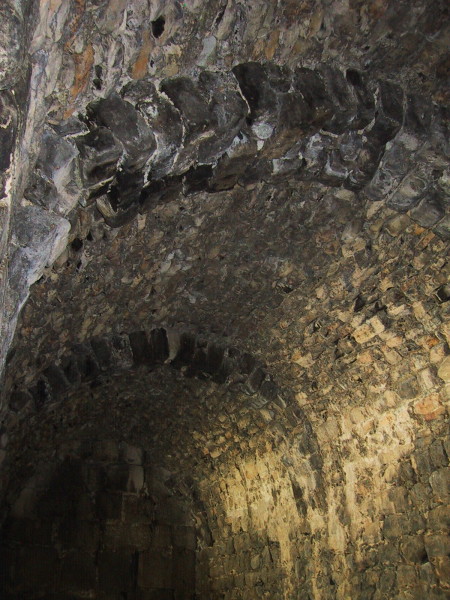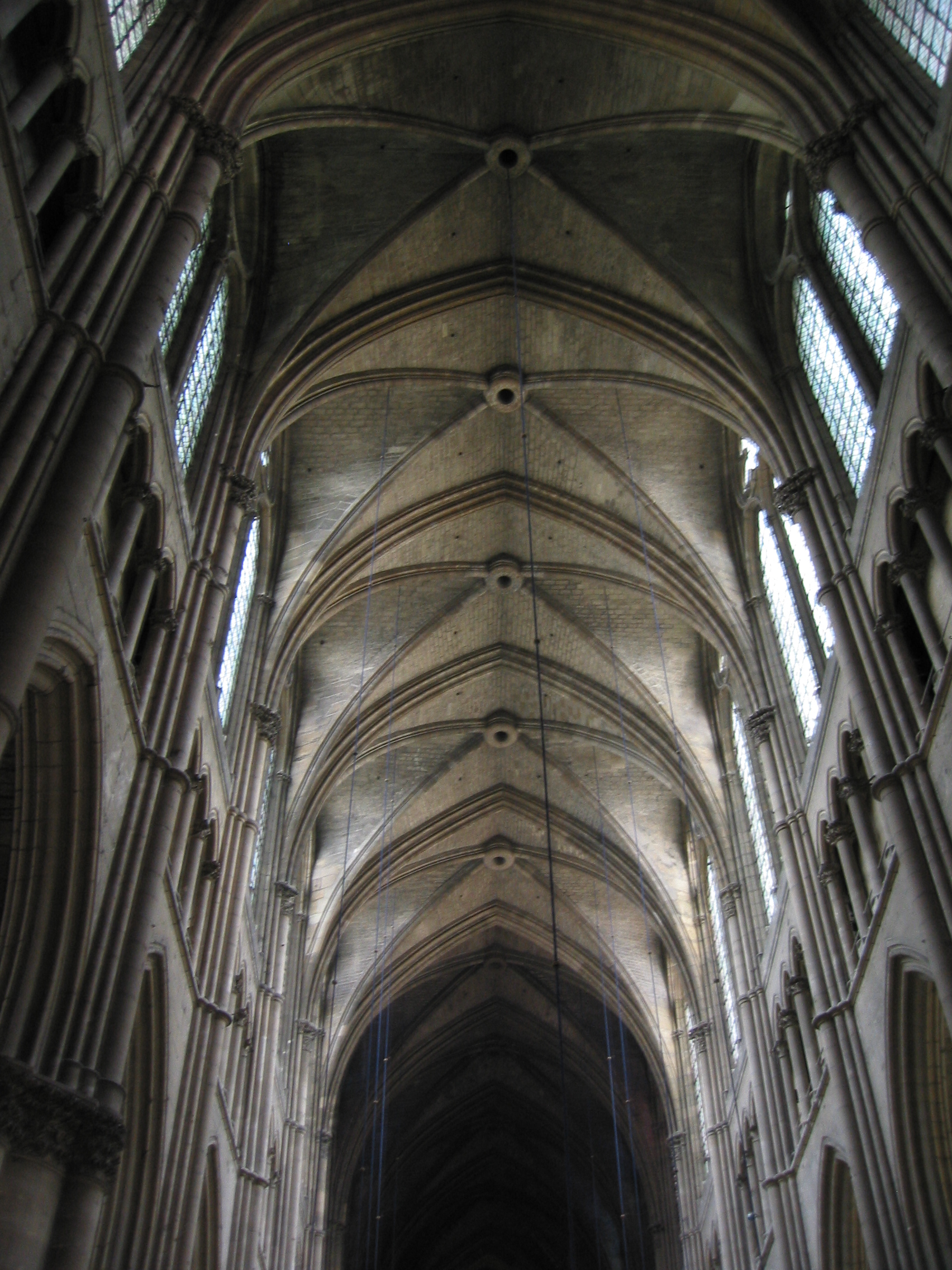The Girl is getting married-- to a wonderful man, I might add. And she has BIG plans. She has done drawings and budgets and booked a band and located a venue and found the perfect site for a beach ceremony. It's going to be wonderful -- she's doing a great job.
Did I mention The Girl is an"oldest"? Which is the same as saying The Girl is very bossy and likes to think she's in charge. So, "We're" planning a wedding. Which means "The Girl" is planning a wedding. And "The Mom" is writing checks. Lots of them.
But there are some things money just can't buy. Well, money can buy them, but they're not as good. So. I've been wielding a hot glue gun. At my computer desk. Since it's the only surface I can use in our tiny, temporary-until-we-buy-something-in-our-new-city apartment. After a day and a half, I have emerged not quite victorious, nowhere close to finished, and certainly not unscathed. But I did create a list of how not to make wedding decorations.
1. Don't use a hot glue gun in the dark. I know this seems obvious, but some of us are old pros with the glue gun, and we think we don't need light, especially if our husband is sleeping right behind us on the fold out sofa while we're working. Hmmmmmm, wake a sleeping bear by turning on the light? Or glue in the dark? The answer is: don't do either one of those things! They're both bad ideas. Just order the decorations from the internet.
2. When driving across the city to find every marigold colored or turquoise colored lei in the entire metro area to later take apart and make into amazing lanterns, be sure plan your trip for the rush hours. Also, if you can hit the streets with construction work, do that too. Really, time alone in the car is great "down time". You can meditate, or mentally plan your day. What's left of it. After you sit in traffic for hours.
3. Don't hot glue any part of your face.
4. When the silk flower you're so carefully gluing to the paper lantern falls off the lantern and into your lap, and the hot glue is branding your thigh, don't quickly grab up the flower. And burn your hand. And when you burn your hand? Don't quickly grab the hot, molten flower glue combination with your other hand. And when huge globs of glue burn your thigh and both of your hands? That's why you're supposed to keep ice water handy when you use a glue gun. Supposed to. Unless you're an old pro who glues in the dark.
5. Peel hardened hot glue from your face or your thigh or your hands carefully. This is not a band-aid, that just rips out some hairs. This could take off a layer of skin. If it doesn't peel off readily and easily, leave it alone. It will come off in it's own time.
6. Wear pants when hot gluing any wedding decor. Just do. Remember the "thigh branding"?
7. If you decide to save money by buying the white paper lanterns with butterflies printed all over them to use as your "base"(instead of colored lanterns that match the color of the flowers you are gluing on them), paint or cover them somehow -- before you spend five hours gluing forty dollars worth of silk flowers all over them. Because those butterflies? They show through. And the white paper? It shows through, too, meaning you have to glue lots more flowers in all the little spaces....
source glue gun image source mouse image
9. By all means play several games of live online scrabble while carrying on multiple online chats. In the dark. While using a hot glue gun. It's especially nice if you momentarily forget the mouse is sharing space with a glue gun, causing you to mistakenly grab the glue gun on the hot barrel instead of the mouse.
10. Decide to take a picture of the partially finished lantern with a light on inside it, to send to The Girl in another state. To show her that you have not been slacking. Mistakenly think you can easily slip the lantern over the bulb in your floor lamp. Get the wire armature of the lantern stuck in the curling tube of your compact fluorescent. Really, really stuck. Take the picture. Post the professionally embarrassing picture on the internet. Because, after all, who wouldn't hire a designer who could make a lamp look like that?
This post is being linked to Jenny Matlock's Alphabe-Thursday.



























